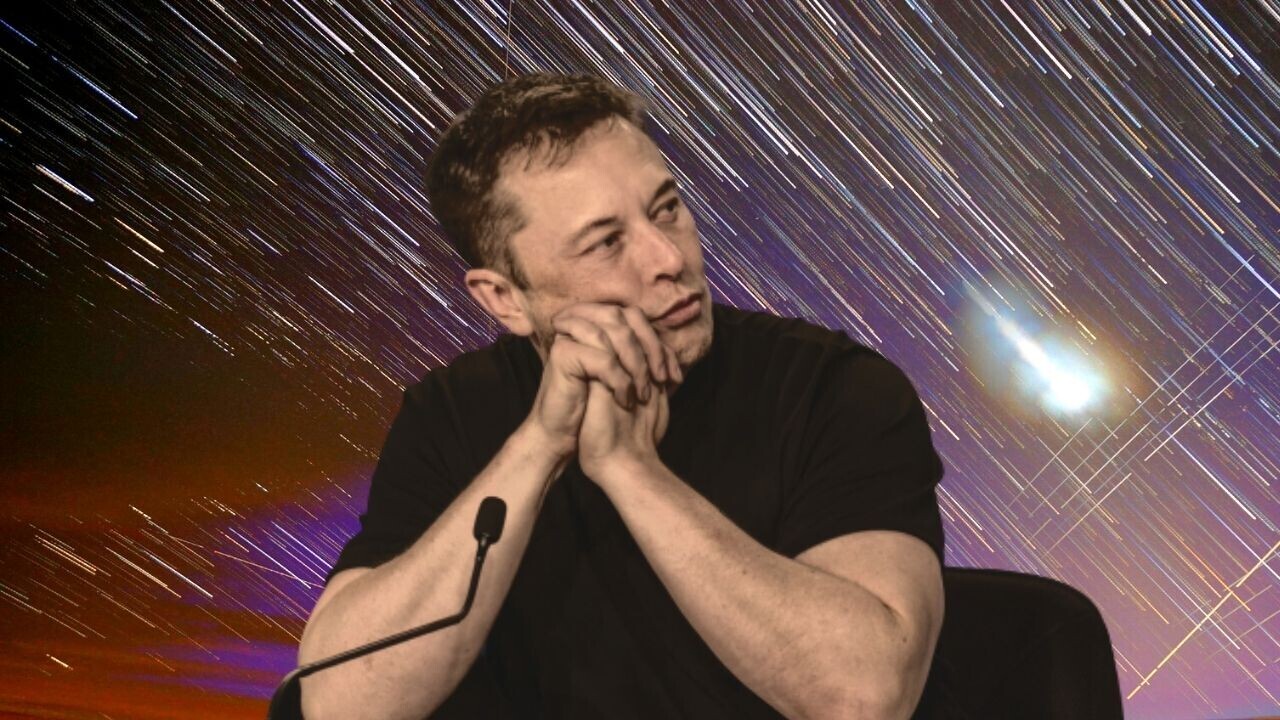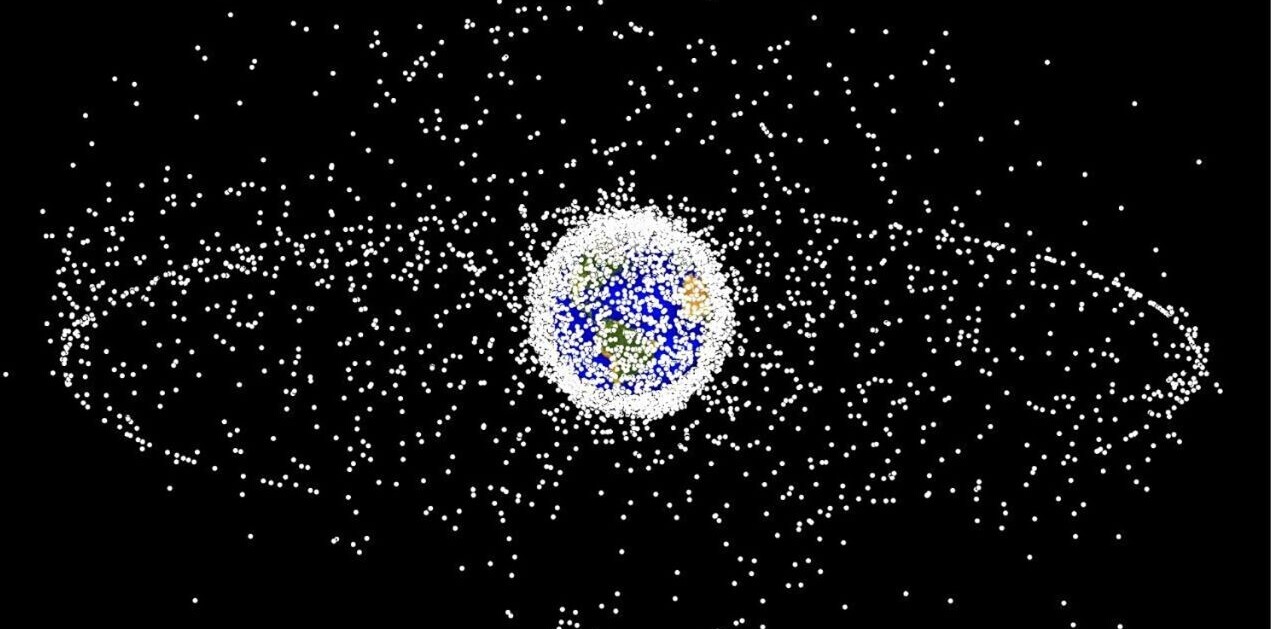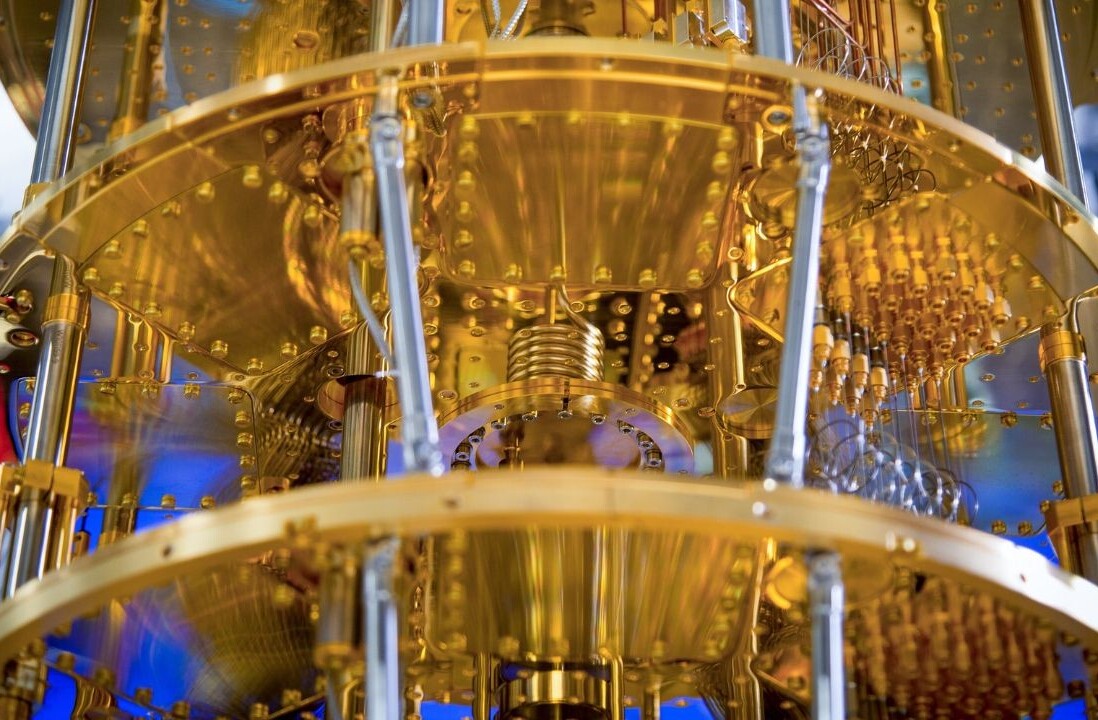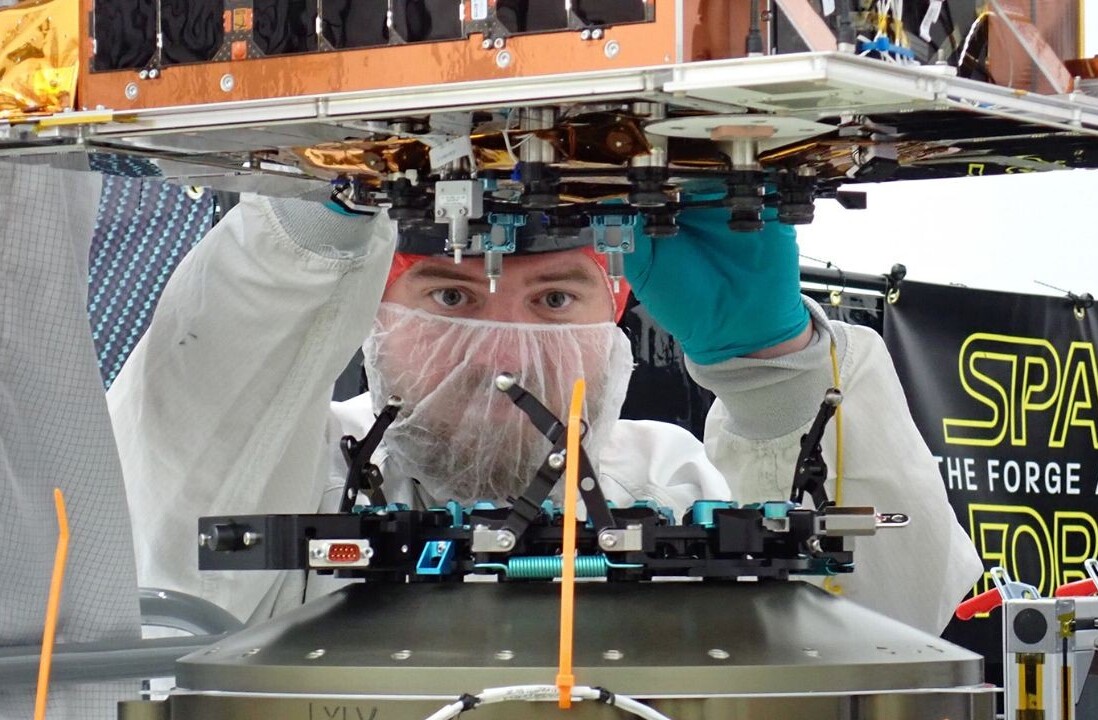
Elon Musk’s Starlink is a divisive project.
The satellite internet constellation aims to provide low-cost internet to remote locations, but it’s producing some alarming side effects.
Here are the biggest problems posed by the SpaceX network, from spoiling views to damaging the ozone layer.
Causing collision threats
SpaceX recently fired the 2,000th Starlink satellite into orbit.
The vast number of these devices has raised concerns of collisions with other objects in space.
The issue caused uproar in China after the Tiangong space station reportedly had two near misses involving the satellites.
“For safety reasons, the China Space Station implemented preventive collision avoidance control,” Beijing said in a document submitted to the UN Office for Outer Space Affairs.
These concerns have been echoed by other organizations.
In August 2021, a leading space debris expert told Space.com that Starlink satellites are involved in about 50% of close encounters between two spacecraft.
Musk has rebuffed claims that the satellites are taking up too much space.
Screwing up the climate
Starlink has already created significant light pollution. Scientists also fear that the satellites will add space junk and chemicals to the atmosphere.
The megaconstellations could change the chemistry of the upper atmosphere. Another issue involves the burning of aluminum from dead satellites.
Scientists told Space.com last June that this could have unexplored side effects on the ozone layer.
Spoiling the night sky
SpaceX now owns more than half of all active satellites orbiting the Earth are SpaceX satellites.
The high reflectivity of these devices is filling the sky with artificial light.
According to simulations from a team of Canadian astrophysicists one in 15 sources of light visible in the night sky will soon be satellites.
SpaceX has worked to reduce satellite reflectivity, but astronomers say it remains too bright.
In the near future, there may be no point on Earth from which we can stare at the naked night sky.
Interfering with astronomy
Starlink isn’t only ruining views for the public. Astronomers fear that the satellites could make it harder to spot asteroids near Earth.
One of their concerns is the sheer number of devices. Another involves the light streaks they produce, which can disrupt observations taken by telescopes.
According to a new study, this glare appears in around a fifth of the images captured by the Zwicky Transient Facility (ZTF), which uses the pictures to spot asteroids. This disruption will only increase as the number of SpaceX satellites increases.
The issue has heightened calls for a space-based asteroid-detecting telescope.
We hate you, #Starlink! (The Sequel)#StopStarlink pic.twitter.com/tEpiRve2t1
— Dr. ASAS-SN* (@SuperASASSN) February 24, 2020
Elon may be focused on colonizing Mars, but his projects in space are causing concerns on Earth.
Get the TNW newsletter
Get the most important tech news in your inbox each week.




